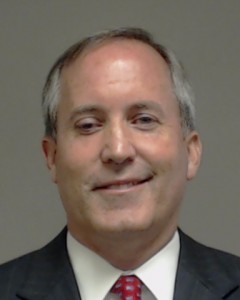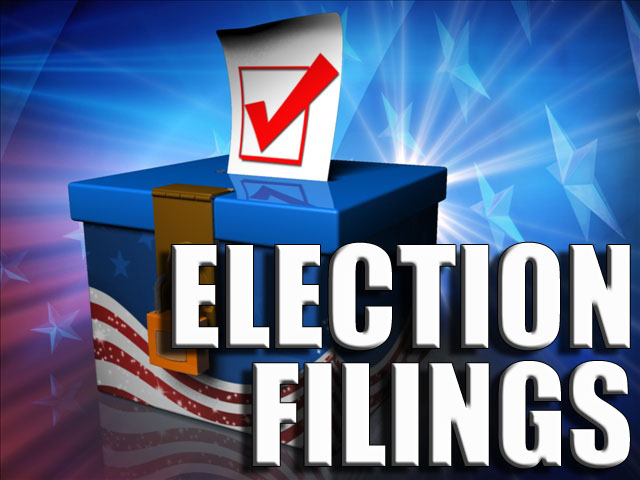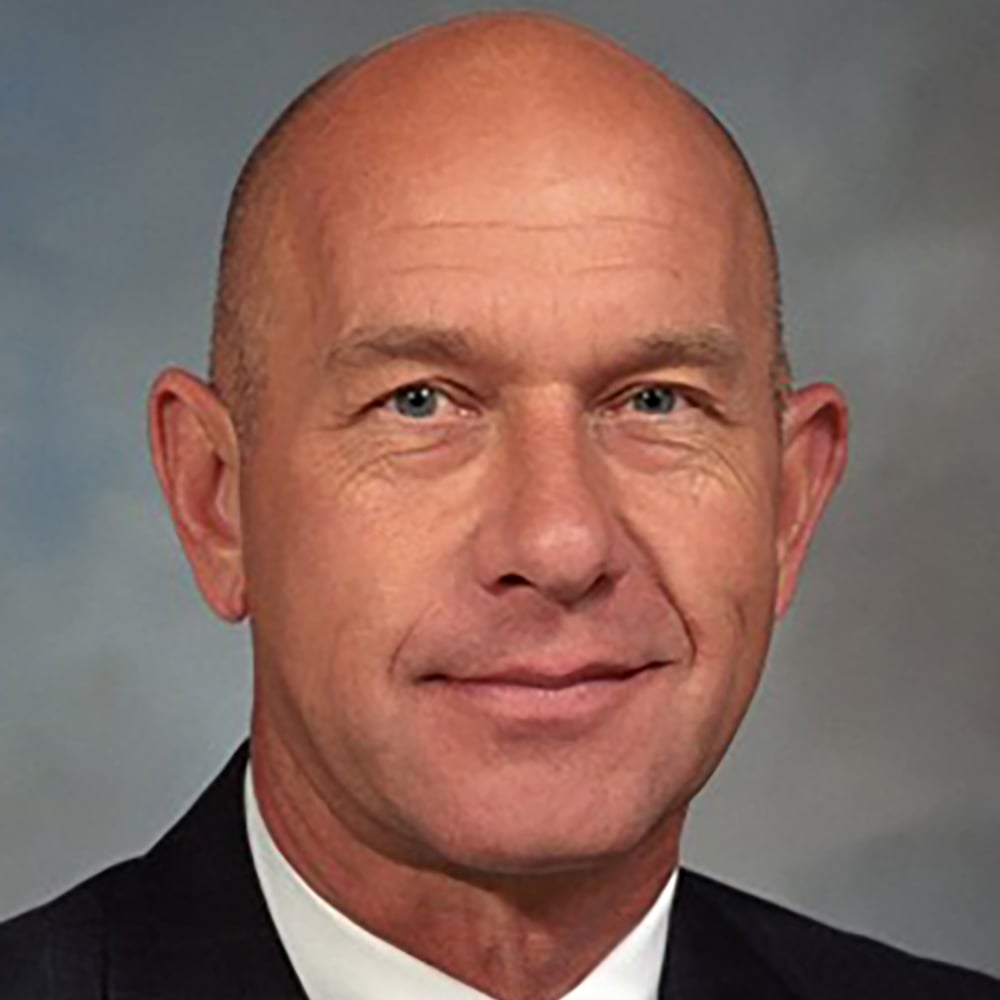The federal government is suing Colony Ridge, accusing the Houston-area developer of using fraudulent lending practices targeting tens of thousands of Latino buyers with false statements and predatory loans in rural Liberty County.
The U.S. Department of Justice and Consumer Financial Protection Bureau lawsuit filed Wednesday in the Southern District of Texas echoes many of the findings in a recent Houston Landing investigation that examined the business practices of the sprawling subdivision.
“Today’s complaint alleges that Colony Ridge targeted Hispanic consumers with predatory loans, misled borrowers about the water, sewer, and electrical infrastructure on its lots, and exploited language barriers by conducting most of its marketing in Spanish while offering important transaction documents only in English,” Attorney General Merrick B. Garland wrote in a statement.
“Discrimination in lending harms families and neighborhoods for generations, it is wrong, and it has no place in our country.”
The federal government says the developer’s practices violate four federal laws: the Equal Credit Opportunity Act, the Fair Housing Act, the Consumer Financial Protection Act and the Interstate Land Sales Full Disclosure Act.
The federal government is seeking to halt the lending practices, provide relief for those harmed by them and impose a civil penalty on the developers, according to the news release.
[…]
The lawsuit lays out a bait-and-switch land sale scheme in which the developers allegedly target potential buyers with advertising almost exclusively in Spanish, featuring Latin American flags and regional music from Latin America.
The lawsuit alleges the developers were able to lure tens of thousands of vulnerable Latino borrowers by offering properties for minimal down payments and above-average interest rates. Federal officials said Colony Ridge “continuously fails to assess borrowers’ ability to repay the credit,” contributing to an “extraordinary” foreclosure rate.
At least 30 percent of all seller-financed lots sold between 2019 and 2022 were foreclosed on within three years of their purchase, 15 times the national average, federal officials wrote in their lawsuit. Liberty County reported more foreclosures than some of Texas’ largest counties, including Dallas and Bexar, with Colony Ridge accounting for 92 percent of Liberty County foreclosures, federal officials said.
This is the first predatory mortgage lending case brought by the Justice Department, Assistant Attorney General Kristen Clarke said during a news conference Wednesday.
The Colony Ridge scheme is a consequence of historical redlining in the U.S. that leaves vulnerable communities without options for credit, creating ripe targets for homeownership scams, Clarke said. Wednesday’s lawsuit is the Justice Department’s first attempt at “reverse redlining” through its Combatting Redlining Initiative.
See here for my most recent post relating to Colony Ridge, and here fore all of those posts, which covered the absolute bananas reactions to this one housing development. The Chron adds some details.
Colony Ridge’s CEO and president, John Harris, called the lawsuit “outrageous and inflammatory” in a statement sent from a spokesperson.
“Our business thrives off customer referrals because landowners are happy and able to experience the American Dream of owning property. We loan to those who have no opportunity to get a loan from anyone else and we are proud of the relationship we have developed with customers.” Harris said in the statement.
Colony Ridge has been a space for low-income and immigrant families to buy property for themselves amid rising housing costs. The 33,000-acre development northeast of Houston has been the target of anti-immigrant theories, including unfounded claims that the area was a hotbed for crime tied to Mexican cartels.
In October, General Ken Paxton wrote to members of Texas’ congressional delegation and said the development was “attracting and enabling illegal alien settlement in the state of Texas.”
Gov. Greg Abbot, who referred to the area as a “so-called no-go zone,” also called in lawmakers to investigate it as part of the special section in October. Lawmakers would later set aside $40 million for the Department of Public Safety so that it could send more troopers to the area.
The allegations in the lawsuit sound serious. I suppose the wingnut brigade could point to it as proof of their belief that Something Bad Was Going On Over There, but then they’d have to credit the Biden Justice Department, and I don’t see that happening. They’re pretty creative and not at all constrained by fact or reality, so I’m sure there will be something. I’ll need to go back and read the Landing’s previous reporting on this. In the meantime, I’ll keep an eye on it. The Trib has more.



















